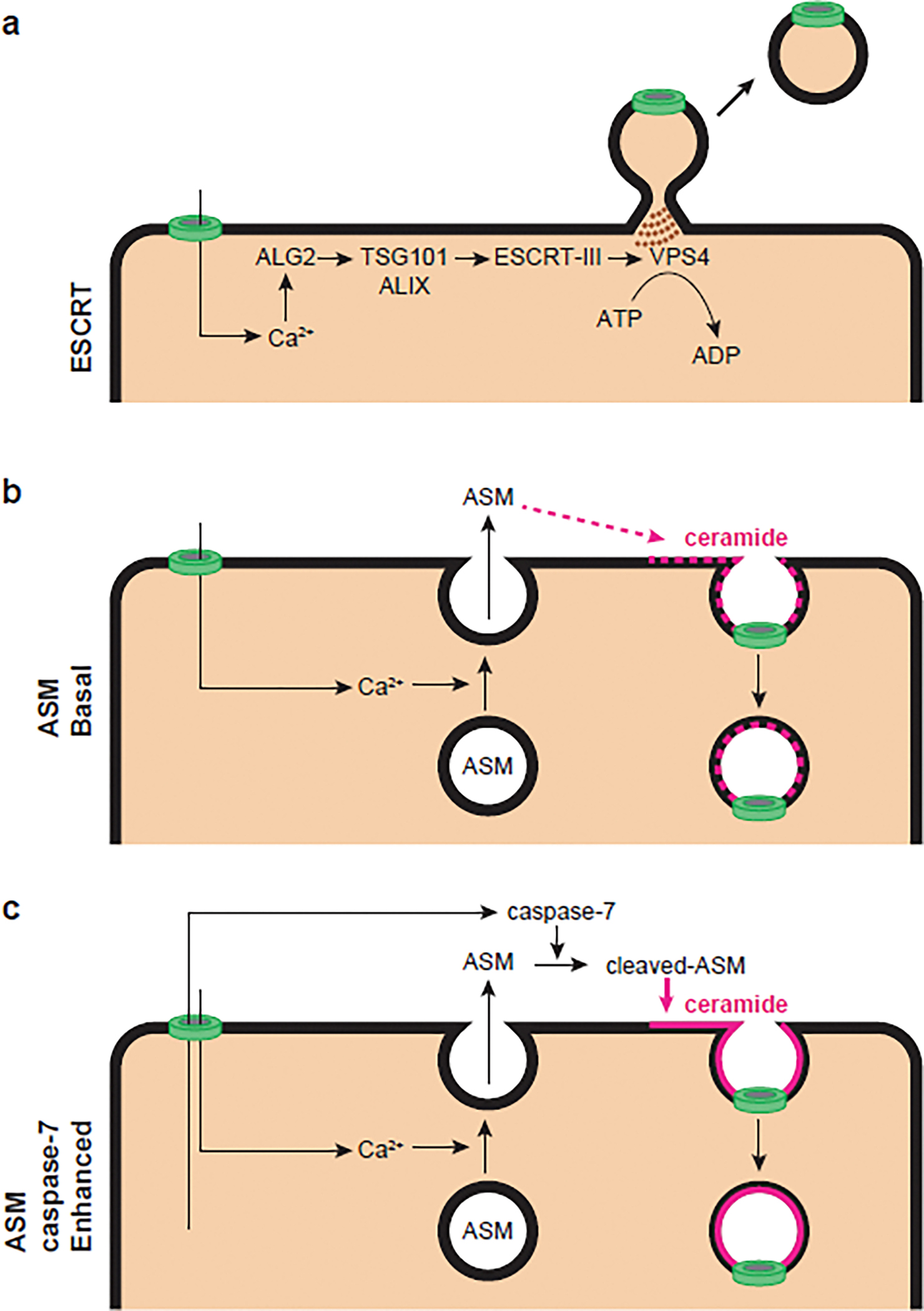Figure 3. Membrane repair pathways antagonize gasdermin D pores.

Gasdermin D pores (green) allow Ca2+ influx into the cytosol, which initiates ESCRTs/ASM-mediated repair pathways. In ESCRT repair (a), local increases of Ca2+ rapidly recruit ALG2, a Ca2+ sensor that bridges ALIX and TSG101. This further recruits the ESCRT-III machinery to drive repair by exocytosis. VPS4 completes the shedding by a scissors function in an ATP-dependent manner. In basal ASM repair (b), Ca2+ entry though pores rapidly drives lysosomal exocytosis, which releases lysosomal ASM onto the cell surface. ASM cleaves off the head group of sphingomyelin to generate ceramide within the outer leaflet of the plasma membrane. This ceramide drives spontaneous membrane repair by endocytosis that does not require ATP. In caspase-7-enhanced ASM repair (c), caspase-7 cleaves and activates ASM to enhance its enzymatic activity, resulting in the generation of more ceramide, thereby enhancing the endocytic repair process.
